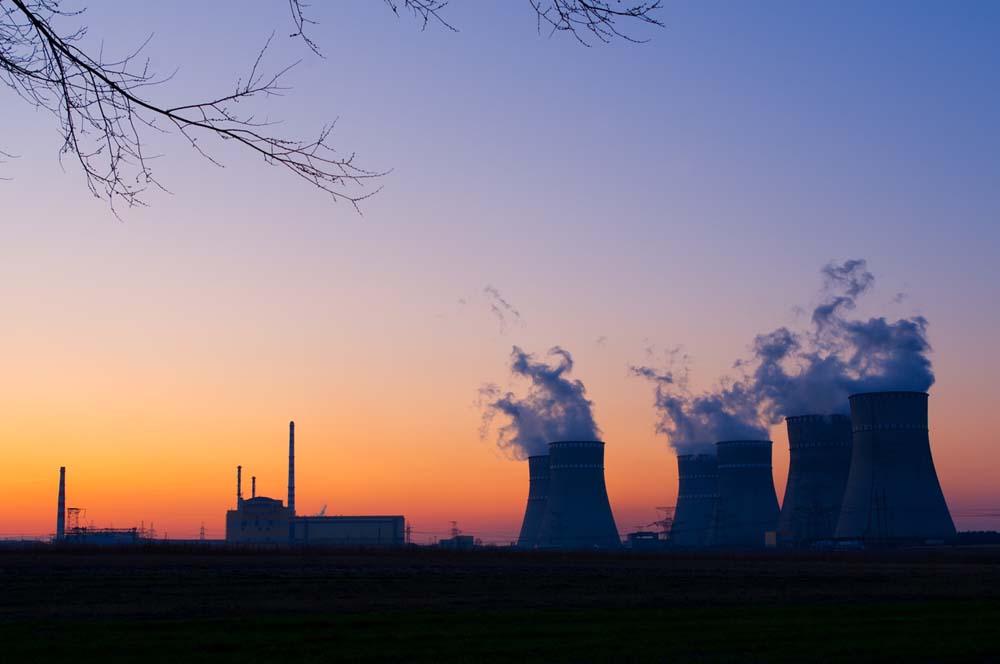About 30 miles north of Manhattan, the Indian Point Energy Center looms over the banks of the Hudson. It produces 11 percent of the electricity consumed in New York state and a quarter of the power used in the New York City area. And that power is completely free of the carbon-dioxide emissions associated with fossil fuels.
But by early 2021, Indian Point will fall silent, the victim of environmental opposition, shaky economics and a governor who said closing the plant was his personal mission. Supporters of the shutdown said that the plant’s power could easily be replaced by conservation and renewable sources such as wind and solar.
Smart Policy, Straight to You
Don't miss the newsletters from MI and City Journal
That was wishful thinking. In reality, Indian Point’s power will be replaced mostly by electricity made from natural gas. Which means that, despite Gov. Cuomo’s ambitious plans to reduce greenhouse-gas emissions, our region’s emissions are about to go up.
The scenario facing New York — nuclear plants closing as officials make rosy promises about renewable energy — has been playing out around the US, and around the world, in recent years.
Half a dozen US nuclear plants have shut since 2013, and at least a dozen more are on the chopping block. In Europe, Germany has closed about half its nuclear fleet. When these plants shut down, their power is almost always replaced by fossil fuels.
For example, Germany, which touts itself as a green energy leader, is actually Europe’s worst greenhouse-gas emitter.
Fortunately, there is a new wave of environmentalists who are speaking out in favor of nuclear. These include former NASA climate scientist James Hansen and onetime Whole Earth Catalog publisher Stewart Brand. If we’re serious about bringing down carbon emissions, they say, we need to save the nuclear plants now operating — and start building new ones.
These “pro-nuclear greens” need to overcome a mountain of disinformation. For example, on safety: Despite its scary reputation, nuclear power is actually the safest way to produce electricity. No one has ever died from radiation exposure involving a US nuclear plant. (In fact, more people have died falling off roofs installing solar panels.) Only one death has been attributed (somewhat dubiously) to radiation from Japan’s Fukushima accident. Even the 1986 Chernobyl disaster didn’t produce the predicted health catastrophe.
Meanwhile, people die when coal mines collapse, gas pipelines explode and oil trains derail. And millions of people have been killed by air pollution from coal-burning power plants. When nuclear replaces those energy sources, it actually saves lives.
Nuclear power is also the cleanest way to produce electricity. Unlike fossil fuels, nuclear plants don’t release toxic or smog-forming emissions. And nuclear plants take up very little land. Compared with that of strip mines, oil wells, and pipelines — or, for that matter, vast arrays of solar panels and wind turbines — nuclear power’s total environmental footprint is almost dainty.
Some renewable energy advocates say we don’t need nuclear because wind and solar power can quickly take its place. That’s wrong. Renewable energy can play a valuable role, but, since wind and solar only produce power part of the time, they always need a backup. A recent study from MIT showed that the best way to reduce emissions would be a mix of renewables and “carbon-free resources,” including nuclear power.
Wind and solar are heavily subsidized by both federal and state governments today. Meanwhile, natural-gas prices are near historic lows. That combination puts many nuclear plants in an economic bind. What’s the answer? Nuclear advocates say nuclear should be included in the same subsidy programs that favor renewables.
And, in fact, New York state has done that with three upstate plants even as it moves to shutter Indian Point.
A better plan for taxpayers and ratepayers would be to reduce the subsidies going to wind and solar and use that sum of money to help keep nuclear plants functioning. In the long run, we’ll have a greener, more reliable and more affordable electricity grid if we keep nuclear in the mix.
This piece originally appeared at New York Post
______________________
James B. Meigs is the co-host of the “How Do We Fix It?” podcast and the former editor-in-chief of Popular Mechanics. This piece has been adapted from an article in City Journal.
This piece originally appeared in New York Post
